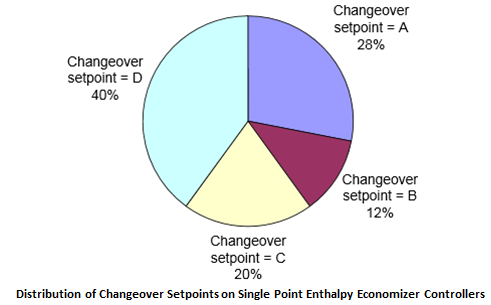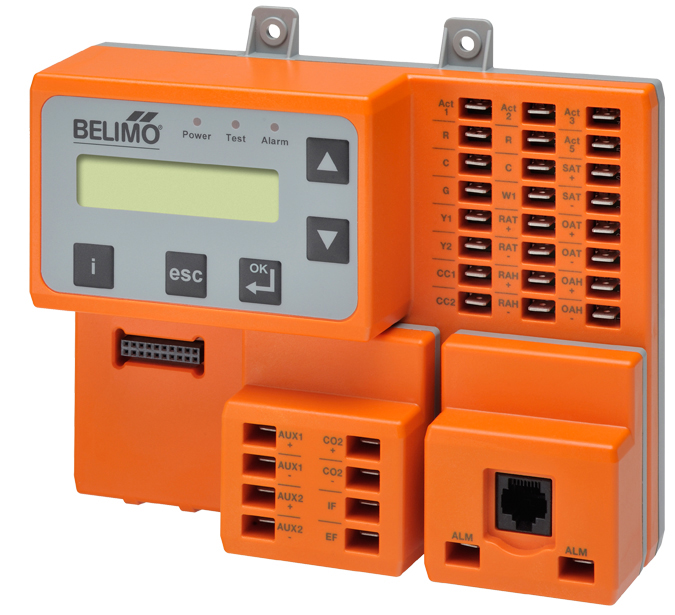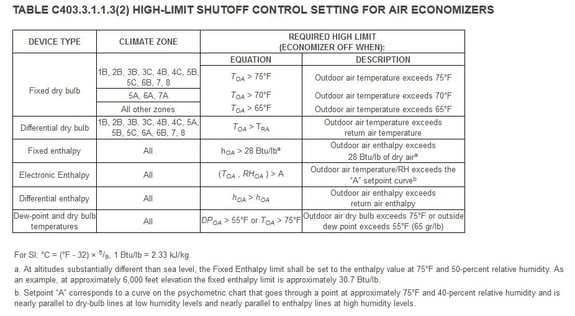Energy Cost Savings Can Be Achieved Through Better Compliance
A recent Department of Energy study1 conducted by Pacific Northwest National Laboratory (PNNL) investigated the lost energy savings in small commercial buildings that were not in compliance with the current energy code, in this case, IECC 2012. In energy codes, air economizers are required on most commercial air systems, whether packaged or split system. However, just having an economizer damper and associated control doesn’t result in automatic compliance. There are many subset requirements for economizers today (economizer requirements for details).
Download the complete study, “An Approach to Assessing Potential Energy Cost Savings from Increased Energy Code Compliance in Commercial Buildings” by Michael Rosenberg, Reid Hart, Rahul Athalye, & Jian Zhang, Pacific Northwest National Laboratory, David Cohan, United States Department of Energy. This paper presents the results and many lessons learned on how to increase ourbuilding performance.
In summary, improper setup of an economizer leads to lost savings, and verification to validate the settings is an additional cost. With the ZIP Economizer by BELIMO, just enter the ZIP code of the building, and the economizer will automatically set the high-limit shutoff values as required in the latest energy codes.You can visually verify the climate zone and the high-limit value set by the ZIP code. (see how easy it is)
The ZIP Economizer is also equipped with other energy saving and system projection features and meets all the latest economizer control code requirements.
Latest Code Economizer Requirements
- 100% Outside Air – Economizers shall modulate and have the capability to provide up to 100% of supply air with outdoor air when needed to meet the cooling load.
- Pressure Relief – Means of relieving the additional outside air shall be provided to prevent building over-pressurization. Typically provided by a barometric damper or powered exhaust.
- Integrated Cooling – which is to provide mechanical cooling with Free Cooling with the damper remaining at 100% outdoor air position and requires a 2 stage thermostat to comply.
- Class 1 Motorized Dampers – Dampers shall have leakage no greater than 4cfm/ft2 in accordance with AMCA 500D and tested and labeled by an approved agency.
- Economizer Fault Detection and Diagnostics (FDD) – requiring an advanced digital economizer control providing system information, status, and fault notification.
Citations:
Small HVAC Problems and Potential Savings Reports


